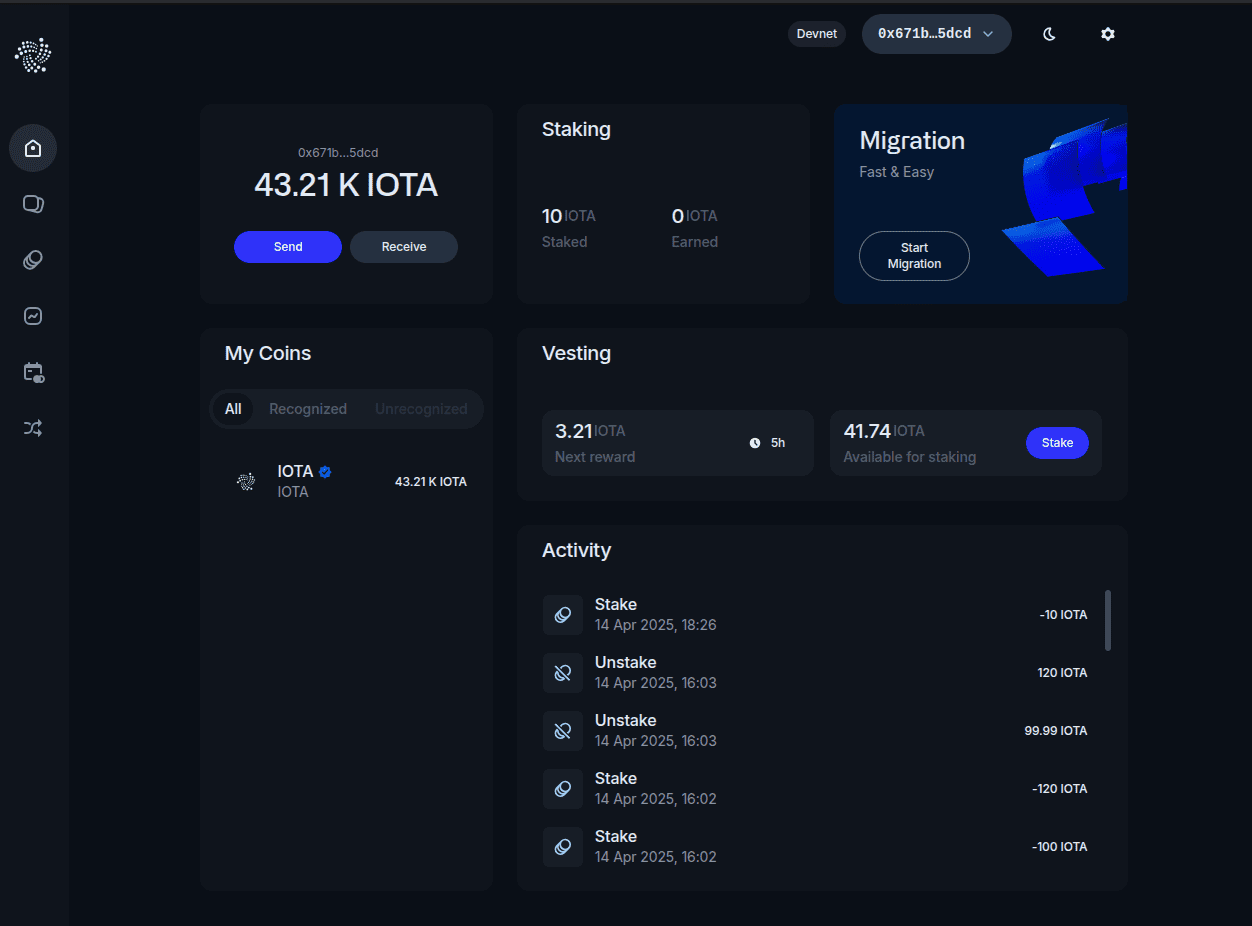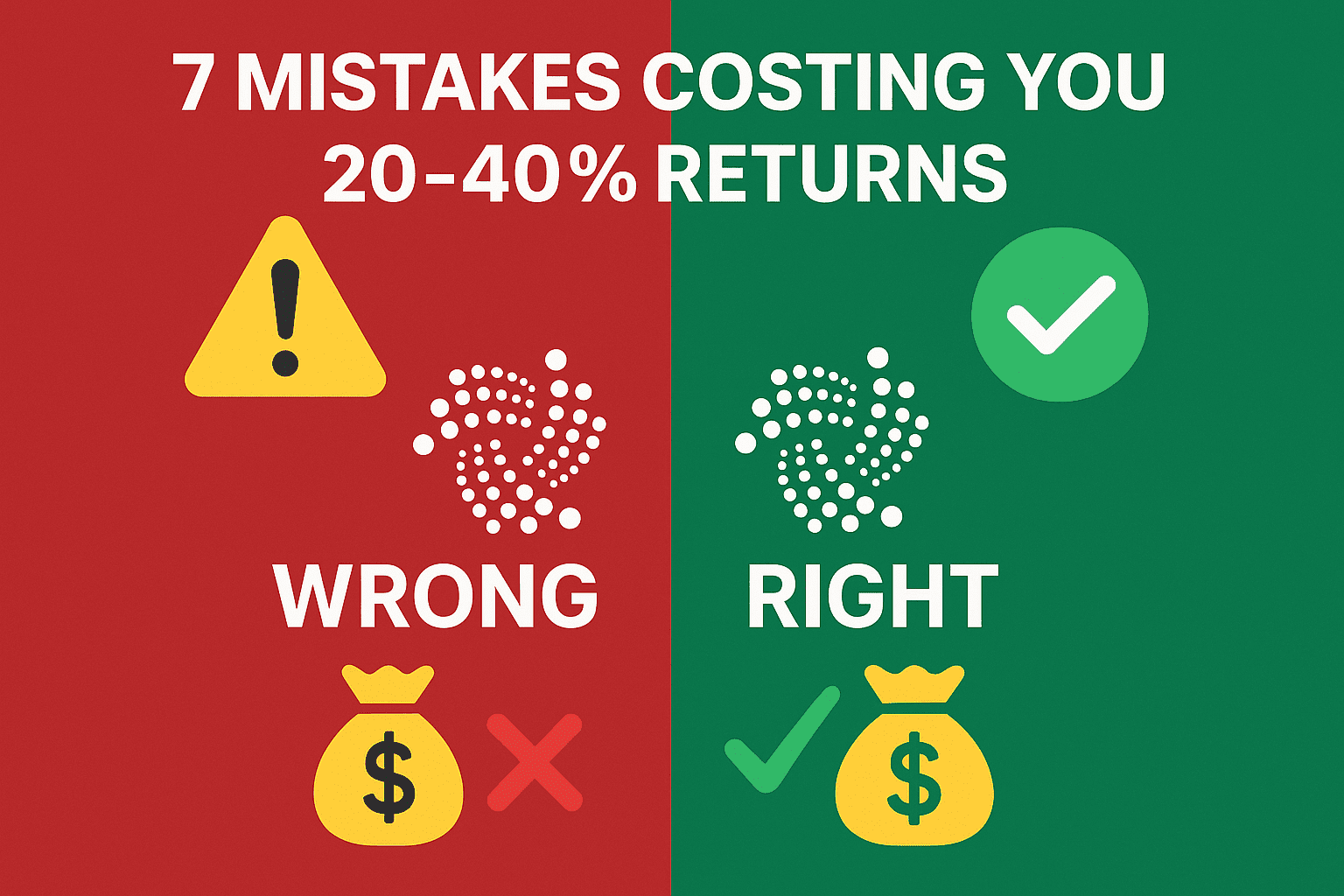Understanding IOTA Staking Rewards
A comprehensive guide to how IOTA staking rewards work, APY calculations, and maximizing your returns.

How IOTA Staking Works
You delegate IOTA to validators. Validators secure the network and earn protocol rewards. Rewards are shared to delegators after validator commission.
Understanding APY
APY is total return over a year including compounding. On IOTA, staking rewards compound automatically at the pool/exchange-rate level each epoch—no manual restake.
Factors Affecting Your APY
- Validator performance/uptime
- Validator commission (varies; verify in explorer/wallet)
- Your stake share in the validator and time staked
- Protocol reward rate and epoch cadence
Maximizing Your Returns
Choose Quality Validators
Seek:
- High, consistent uptime
- Transparent, reasonable commission
- Proven performance history
- Constructive governance participation
Understand Compounding
Rewards auto-compound. Use our Compounding Calculator to simulate epoch compounding effects on long-term returns.
Diversify Your Stake
Avoid a single validator. Spreading stake:
- Reduces validator risk
- Improves decentralization
- Can smooth returns across pools
Track Your Performance
Monitor via the Staking Tracker. Cross-check validator metrics in your wallet or explorer.
Notes
Displayed APY is indicative, not guaranteed. Actual returns depend on validator commission, performance, stake share, and protocol parameters.
Conclusion
Know how rewards accrue, pick strong validators, rely on auto-compounding, diversify, and monitor results.
Written by IOTA Staking Team
Expert in IOTA staking, blockchain technology, and DeFi strategies. Providing actionable insights to help you maximize your staking rewards.
Related Articles

7 Common IOTA Staking Mistakes That Are Costing You Money (And How to Fix Them)
Avoid these critical IOTA staking mistakes that reduce your rewards. Learn how to optimize your validator selection, manage commission fees, and maximize your APY returns.

IOTA at 10: The Decade-Long Bet on Bringing the Real World Onchain
After a decade of building, IOTA is emerging as the blockchain backbone for global trade. Here's how $33 trillion in commerce is going digital.

An Open Letter from an IOTA OG: We Didn't Just Survive – We Won
A retrospective on holding IOTA from 2017 to today, the transition to real-world adoption, and why staking is the victory lap.
